An encounter with a nun in a Spanish cathedral has George Pitcher ruminating on a time of unprecedented tension – and what it means for Christians, Jews and Muslims to live together in peace
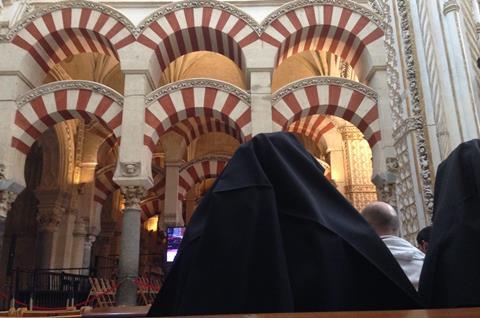
“I think history is more like a wheel,” a nun told me as we sat in Cordoba cathedral last weekend. “It’s circular but it carries us forward. I like to think it’s forward towards heaven.”
Let’s call her Sister Maria Jose, because I didn’t ask her permission to use her real name here. She was on a pilgrimage to Granada for the festival of the Blessed Virgin. I was bound for Granada too, to see the Alhambra, the massive fort and palace that ran the Muslim caliphate in the Iberian Peninsula until the end of the 15th century.
Sr Maria and I were looking up at the massive arches in Cordoba, a perfect confluence of Christian and Islamic architecture. We’d been talking about how the three Abrahamic faiths of Judaism, Christianity and Islam had co-existed peacefully in what was to become Spain, before the reconquest of Al-Andalus by Ferdinand and Isabella and the expulsion of the Muslims and Jews.
I’d said something like: “What goes around comes around”, meaning that history looked like repeating itself with the clash of these cultures promising religious war in Europe again. That’s when Sr Maria made her wheel remark. Based on this model, history is neither circular nor linear, but rotationary and progressive.
Fight, sleep, repeat
I think this might mean the price of peaceful co-existence is repetitive conflict - and said so. Sr Maria looked thoughtful and replied that it was the Christian duty to break the cycle of violence. I wondered what her wheel would look like then.
Perhaps in Sr Maria’s heaven, history only has an upward arc. Perhaps there is no conflict, only love and peace. We can’t hope to replicate that entirely in this world (yet), but history has shown us some glimpses of it.
Muslim, Jew and Christian can not only tolerate one another but prosper in each other’s company
From the eighth century to the late 15th, diverse cultures lived through a protracted period of social and religious harmony in Iberia known as Conviviencia, simply “living together”. The legacy of this is everywhere – in the vaunted architecture of Cordoba cathedral and the north African skin colour of so many Spanish faces.
Perhaps, most importantly, it shows that it can be done. The sweep of Sr Maria’s wheel can take centuries at the top of its turn, before descending to the dirt and dark at the ground of human experience. Muslim, Jew and Christian can not only tolerate one another but prosper in each other’s company. It might be worth trying again.
Cordoba became one of the most important cities of the world through Conviviencia. The three cultures contributed equally to intellectual and cultural life. Its libraries were possibly the best to be found anywhere, bringing the classics of Greek philosophy to Europe, with the translation chain from Greek to Arabic to Hebrew and Latin.
It has also had its critics. The more cynical have claimed Conviviencia is a myth, a Pollyanna view of multi-faith harmony and symbiosis, when the reality was Islamic rule dressed as generously tolerant (cf. the Alhambra).
But statecraft does appear to have been equally shared. And it looks like a better period of history than what has succeeded it. Indeed, it was a rare era during which the three religions didn’t alienate one another, in contrast to our modernist tendencies to ignorance and attack.
Better together
Moreover, the Reconquista that ended it – the forced conversion to Catholicism under Ferdinand and Isabella and the expulsion of Muslims and Jews from the peninsula – was an economic disaster from which Spain barely recovered. In concentrating wealth and power in a centralised bureaucracy, it hindered industrialisation, triggered regional economic disparities and deepened poverty.
The Reconquista provided a single Christian ruling class and statehood, at the cost of its economy and inequalities that have hampered its prosperity ever since. We might bear that in mind when politicians in the UK speak of wanting “our country back”.
History is neither circular nor linear, but rotationary and progressive
As I admired Cordoba cathedral with Sr Maria, I was once again conscious that I was struggling to see the detail. After historical surgery, cataracts are returning to my left eye and I’ll need a visit to the eye surgeon shortly. I’m reminded that the original pioneer of ophthalmology was Muhammad ibn Aslam al-Ghafiqi, who lived in 12th century Al-Andalus. Just one of the answers to the question: What Islam has ever done for us?
Before anyone waves a St George cross at me and reminds me that I live in a nominally Christian country, I’m not arguing for a British caliphate in the mould of Al-Andalus. But as the wheels of Sr Maria’s cart turn through history, I am urging the welcome of the stranger and a celebration of all the fruits of creation.
We don’t need an Inquisition. We don’t need a Reconquista, or our country back. We need the wheel to turn. We need a Conviviencia.



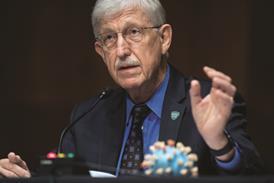
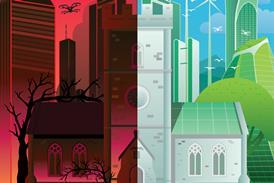
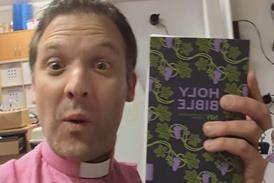



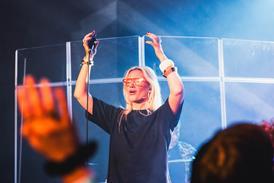
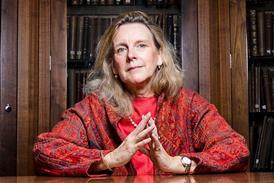
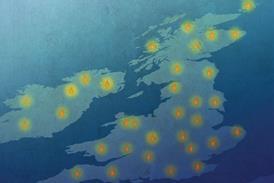
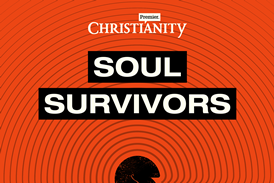




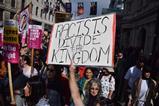
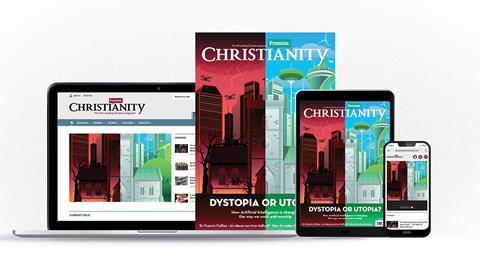




















No comments yet